
We are within Nature: Witnessing Quintessence of Sustainability
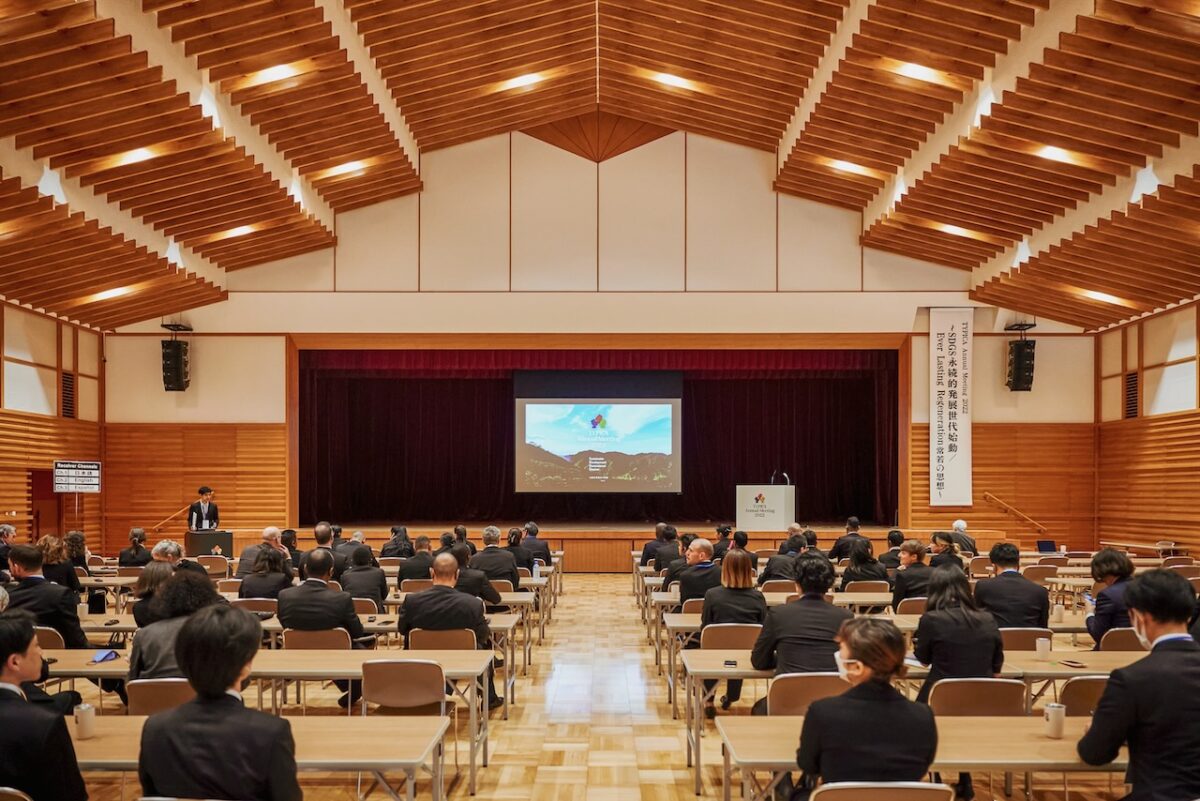
TYPICA Annual Meeting (TAM) got underway at Ise Jingu on October 10. Around 80 people, including specialty coffee producers from 22 nations and members of TYPICA, attended a keynote speech by Mr. Eiji Hattori, former advisor to the Director General of UNESCO, to learn what sustainability stands for. At Ise Jingu, the symbol of Japan’s spiritual culture, the delegation paid a Mikakiuchi formal visit. It provided an opportunity to take a hard look at the relationship between self and others and at our way of life.
The overarching theme of TAM is “Sustainable Development Generational Shapers.” TAM is a five-day conference, running through October 14. In the three days from October 12 to 14, various programs will be held at SCAJ, the annual coffee trade show in Japan.
Ise Jingu’s Naiku, or inner shrine, is dedicated to Amaterasu Omikami, the goddess of the sun and the highest deity for the Japanese people. She is said to have been enshrined around 2,000 years ago. Ise Jingu observes a unique tradition called Shikinen Sengu. It refers to the custom of dismantling and rebuilding the shrine structures every 20 years. Shikinen Sengu marked its 62nd in 2013.
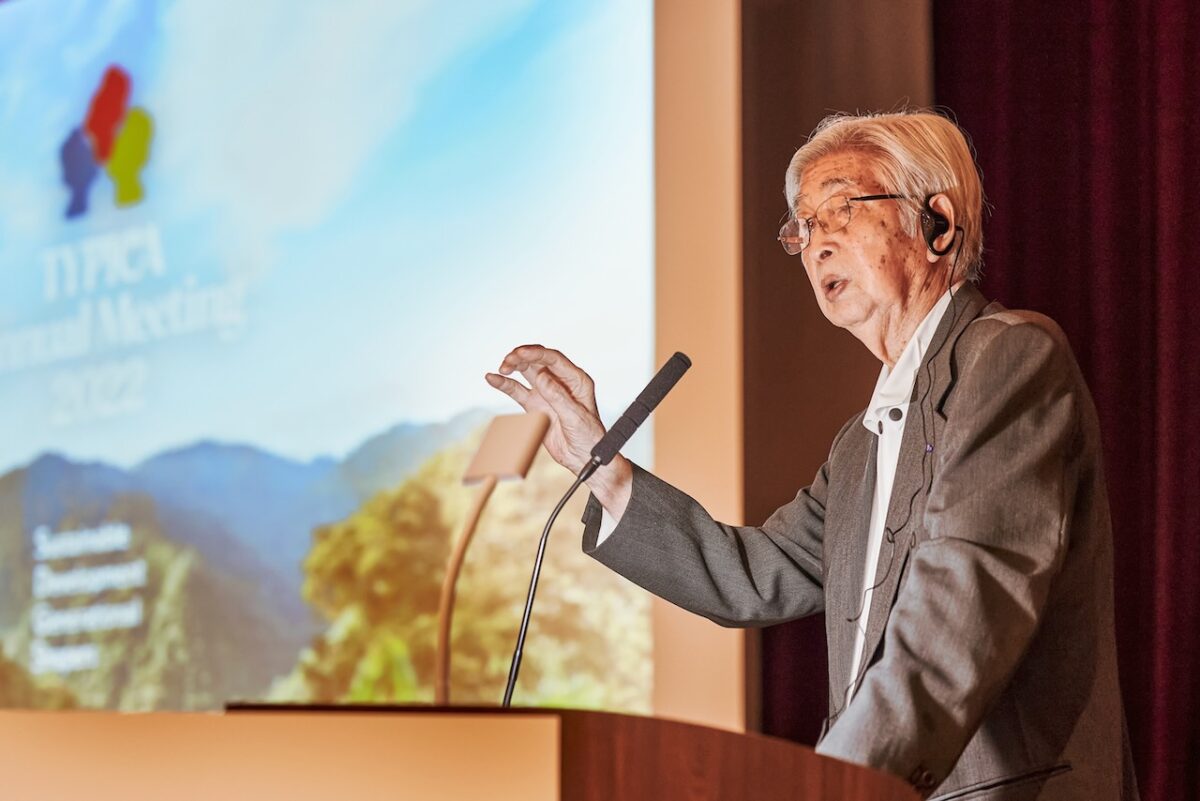
The keynote speech was delivered by Mr. Hattori, who, during his 21-year stint at the UNESCO headquarters, served as senior information officer and special advisor to the Director General. Mr. Hattori says Shikinen Sengu represents the philosophy of tokowaka, or ever-lasting regeneration, and that the shrine is a manifestation of Japan’s take on sustainability.
At the top of his speech, Mr. Hattori said humankind faces a “crisis for the whole of civilization.” He pointed out that after the scientific revolution of the 17th century, humans gained the perspective of God, which divorced them from nature. As a result, he continued, “human values shifted from “to be” to “to have.” He said this change, while instrumental in advancing materialistic civilizations, has imperiled the Earth’s environment.
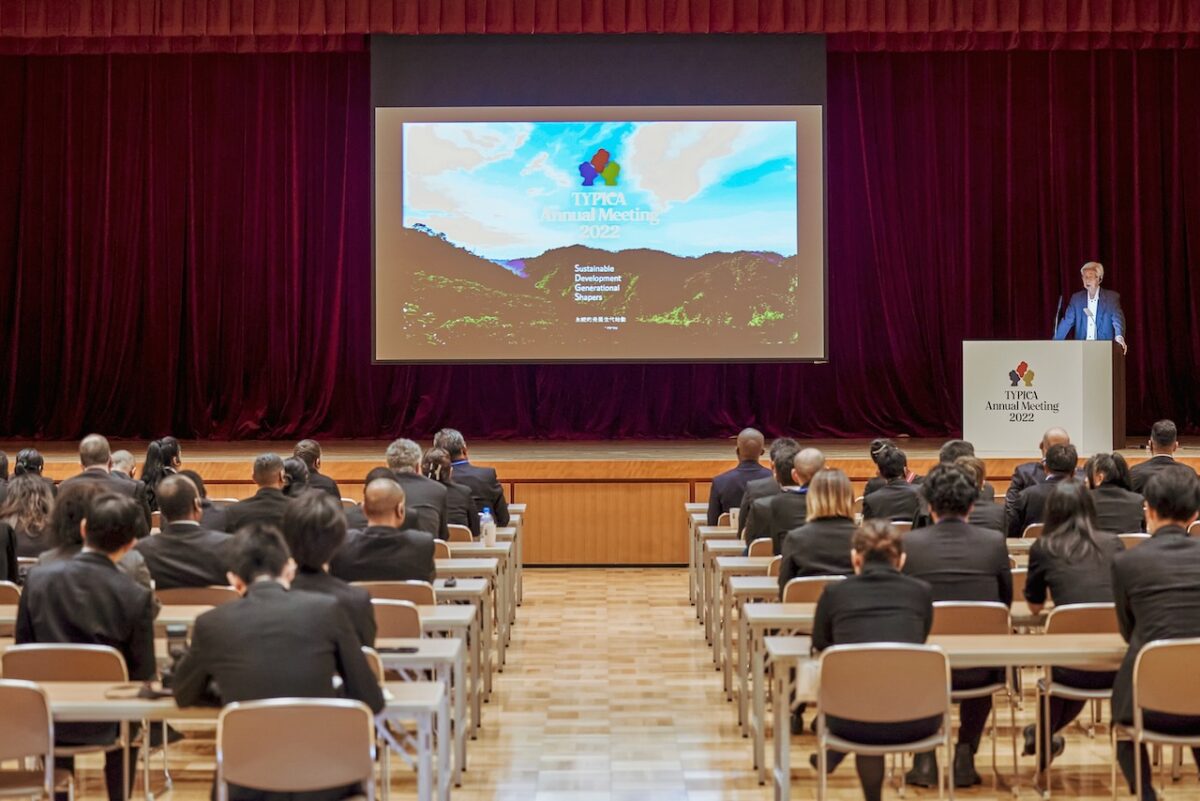
Mr. Hattori also introduced the Universal Declaration on Cultural Diversity, which was adopted at a UNESCO general assembly in Paris in the immediate aftermath of the September 11 terror attacks on the United States in 2001. Quoting the joint communique, he said cultural diversity is “the common heritage of humanity and should be recognized and affirmed for the benefit of present and future generations.”
During a Q&A session that followed his speech, Nassia Salvador Palacios of Bolivia-based Sempiterno said that her country has diverse cultures, and that religious and political differences have created division. But she added that Mr. Hattori’s speech was a reminder that she and her fellow Bolivians must not avoid the topics of politics and religion. In an impassioned tone, she said it’s important to find a path toward unity and mutual understanding.
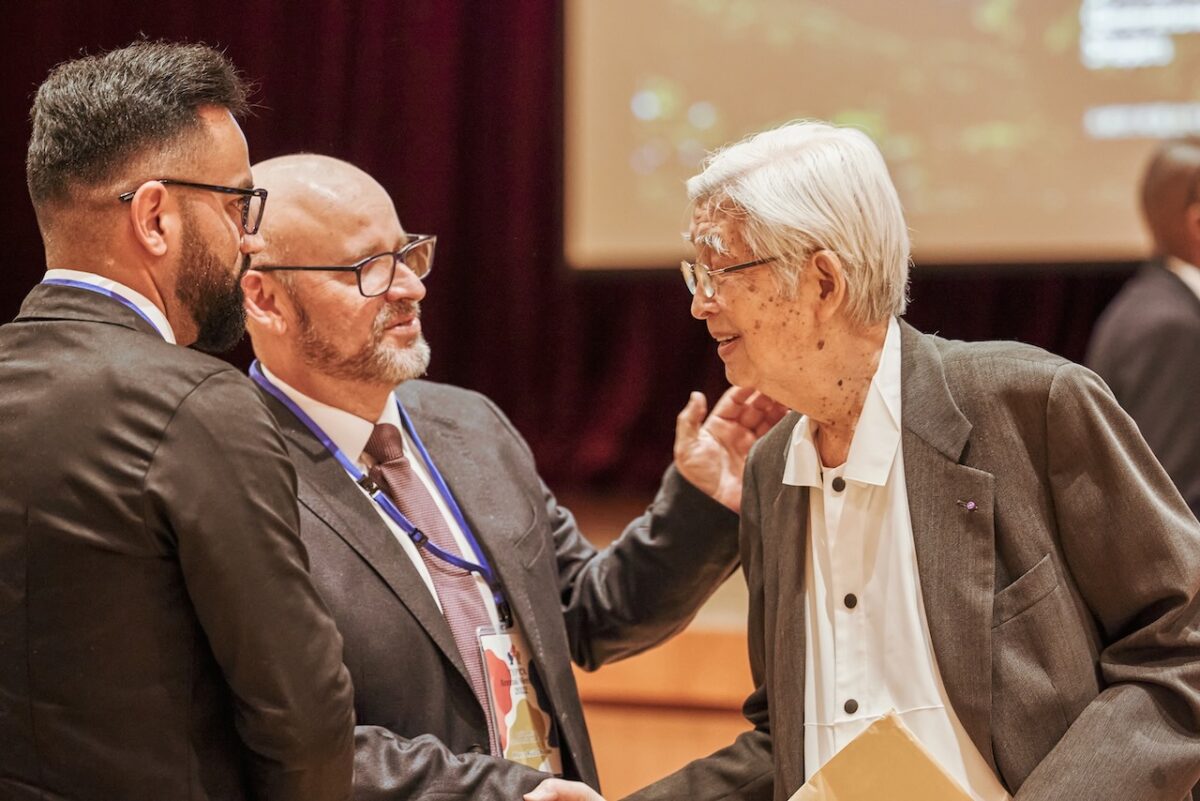
To conclude his talk, Mr. Hattori issued the following message.
“There are some actions taking place around the world for the benefit of future generations. When combined together, the voices of citizens can have a big impact. Those involved in TYPICA are the ones who should lead other people. Developed or not, all cultures should be treated with equal importance. Please go out and explore the world for yourself.”
For Kana Morikawa, a new university graduate who joined TYPICA as a community manager in April 2022, Mr. Hattori’s speech prompted an ethical question. “It comes down to whether we can make self-sacrifice for future generations. We have to face this question head-on and make a choice that we all can agree on with full confidence. That’s exactly what TYPICA is trying to do. Many businesses seek to resolve challenges facing us today. But TYPICA seeks to resolve challenges that will be facing us in the future.”
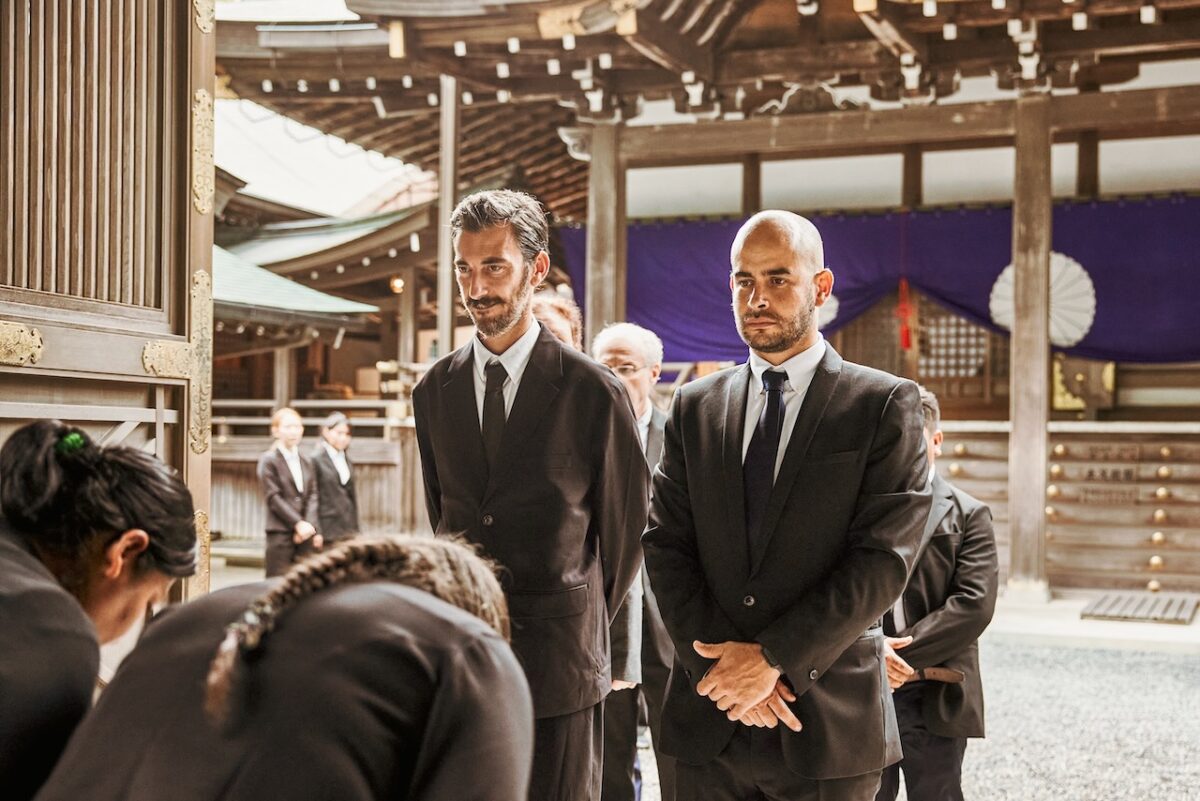
After the talk, the participants, all dressed in formal attire, headed on to Ise Jingu. Before entering the premises, they washed their hands to cleanse themselves, wearing a uniformly solemn expression. And they paid their respects at Geku, or outer shrine, with two bows, followed by two claps and another bow. At Naiku, the group attended a kito ceremony accompanied with kagura, a sacred dance and music shinto ritual. Through the visit, the participants witnessed the essence of Ise Jingu, the shrine that keeps evolving eternally through continuous rebirth.
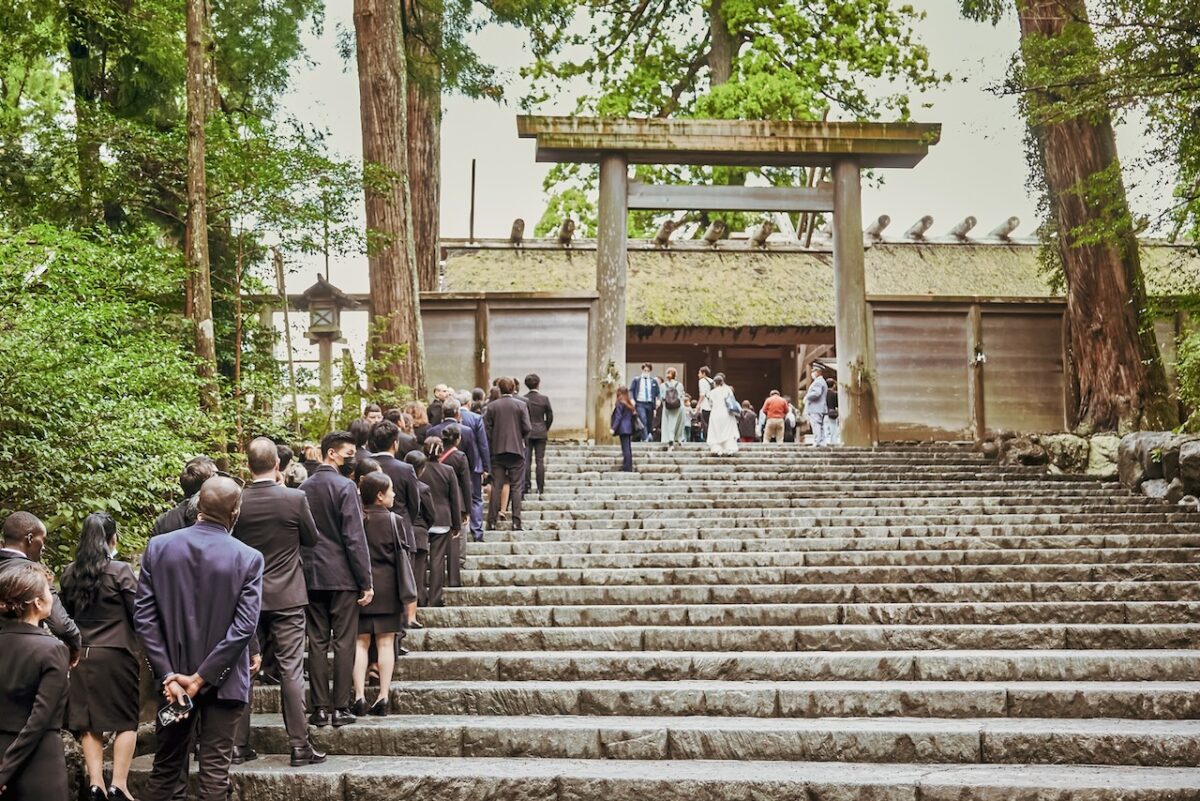
Danish Ali of India-based Caffeine Nirvana said that he felt powerful energy during the kito at Naiku, and that it felt as if he had entered another world. He added that it was a peaceful and spiritual time.
Alejandro Valiente C. of El Salvador-based CaféNor said he had a great time, and that he was reminded of the days and months since he met Ayane and Masa for the first time. He noted he always thinks about how future generations will sustain specialty coffee. He added that Mr. Hattori’s speech and the visit to 1,300-year-old Ise Jingu highlighted one ideal.
Originally written in Japanese by Takuya Takemoto